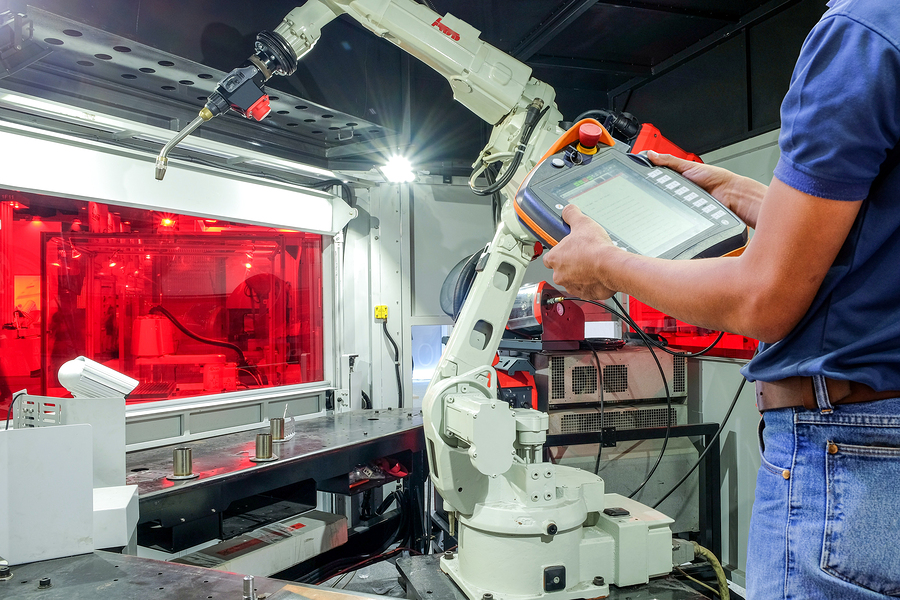You’re at the grocery store and you can’t remember if you need milk. You use an app on your phone to look inside your refrigerator at home to see how much milk you have left. Device interconnection via the Internet of Things (IoT) makes it possible for you to access data on your fridge’s contents from a distance. But what if your refrigerator wasn’t just a couple miles away? What if it were on a space station orbiting Earth — malfunctioning? How could you learn about the problem, much less get diagnostic information on its mechanics and plan a fix? That’s where “digital twins” truly come in handy, and their applications also extend into the manufacturing field.
Digital twins
Like the consumer example, digital twins are 3-D models in the digital world that mirror actual manufacturing devices, systems, or processes; gather and integrate data; and provide a complete real-time device status and operation picture. This allows for greater control and refinement in design and manufacturing processes.
In addition to modeling, manufacturers can also use digital twins for testing. With the ability to test and analyze results in the digital world before taking any risks in the physical, digital twins allow manufacturers to more easily streamline processes and develop products from inception to completion. Plus, these twins can help manufacturers “see” inside their systems and machines, allowing them to obtain diagnostic information not previously possible without dismantling appliances. With this information in hand, they can then plan repairs from afar.

And these opportunities aren’t limited to the manufacturing processes and mechanical aspects of those processes. In fact, manufacturers can also use digital twins to improve their supply chains. How? By better understanding how they’re producing, manufacturers can streamline production and time shipments better.
But are manufacturers adopting this technology? Yes! Digital twins are already important parts of many manufacturing processes and will likely be one of the fastest growing trends in manufacturing for 2018. In fact, 83% of manufacturers are looking into the possibility of implementing the technology and 29% will be testing the implementation of digital twin technology during the coming year, according to the EBN article.
But are manufacturers just struggling with a fear of missing out on using the latest technology available? Perhaps not. Without digital twins, manufacturers may experience:
- Higher failure risks
- Missed modification and improvement opportunities
- Lower efficiency
- Lack of ability to optimize machine and process design
Benefits
By embracing digital twins, on the other hand, manufacturers can achieve many benefits.
- Use real-time data for greater collaboration throughout product life cycles.
- Simulate real-life scenarios for testing.
- Identify design flaws and make modifications during the design phase.
- Improve product, process, and entire system function by predicting failures and identifying areas that need repair or service.
- Increase efficiency and lower manufacturing costs.
Those looking to reap these benefits and more as the technology advances should take a multipronged approach. As with most tech shifts in facilities, it’s important to first set digital twin objectives and get everyone on board to avoid issues with implementation and use. In addition, creating a digital twin of one process at a time can help manufacturers ensure the digitally transformative steps they’re taking will pay off in the long run as they confirm each is functioning properly and meeting their targets.
Manufacturers who use digital twins can improve their processes and create better products. This, in turn, can help them reduce waste, improve their reputations, enhance production output, and increase the bottom line. Will you be joining their ranks?
